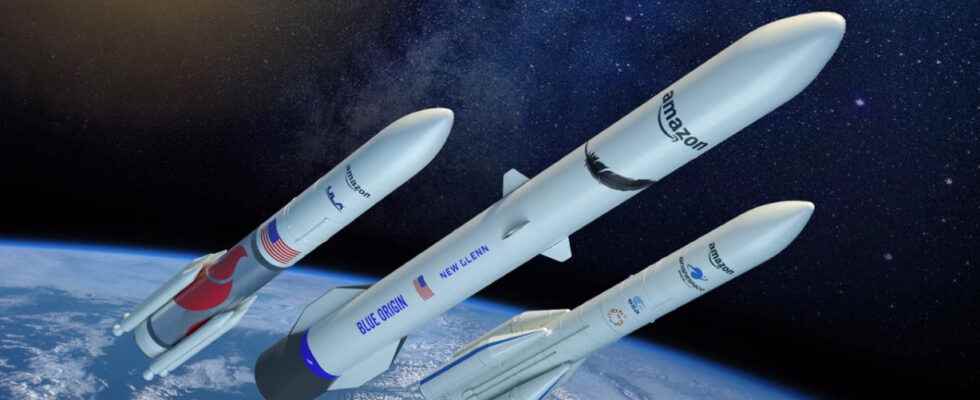At the head of Amazon since July 2021, Andy Jassy shared his first letter to shareholders at the end of last week. If most of his missive was devoted to the phenomenal profits made by the group under the effect of the pandemic, he also slipped a word about the constellation of Kuiper satellites. A project dear to his predecessor Jeff Bezos.
He estimates that the global satellite Internet access market for Low Earth Orbit (LEO) constellations would be 300 to 400 million customers. He recalled that Amazon devoted a budget of 10 billion dollars to it. “Kuiper will serve customers with minimal or no fixed broadband connectivity, changing access to information and resources for many communities”he wrote.
The American giant will target individuals as well as businesses, schools or government organizations. The constellation will leverage Amazon’s global logistics and operations network, as well as Amazon Web Services (AWS) network and infrastructure. Andy Jassy is confident in his future business model, which should however be based on very affordable prices for customers. We can expect him to cut prices.
A spectacular launch contract
Amazon has obtained authorization from the Federal Communications Commission (FCC) to deploy 3236 satellites. Half should be in place by July 2026 and all by mid-2029. A spectacular launch contract was recently signed with United Launch Alliance, Arianespace and Blue Origin to secure 83 launches over a five-year period.
But when the service is operational, it will face extremely strong competition. Kuiper will arrive late compared to SpaceX’s Starlink service, which has already won over several hundred thousand users in 25 countries and has even become essential in Ukraine since the war. OneWeb, despite difficulties, also managed to put 428 satellites into orbit with active service above the 50th parallel. Europe, under the leadership of Commissioner Thierry Breton, also intends to launch the first satellites of its own constellation from 2024. A question of sovereignty and redundancy in the event of an attack. Finally, there is the Telesat Lightspeed project, which wants to be operational from 2023. And we must not bury too quickly the Internet access services provided by the geostationary satellites of operators such as Viasat or Eutelsat.
For now, Amazon plans to launch two prototype missions in the coming months. More than 1,000 people are currently working on the project.
